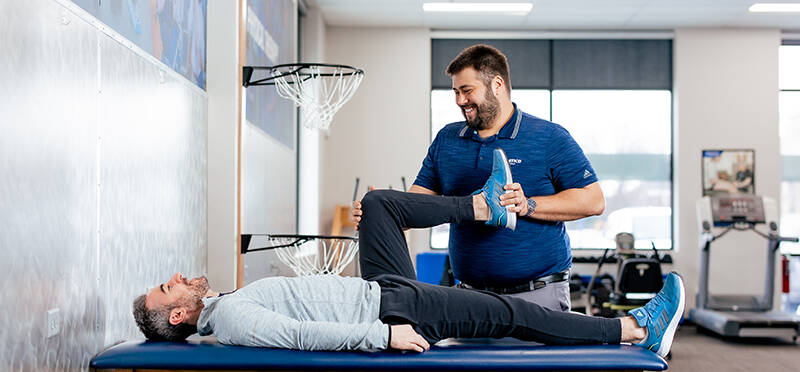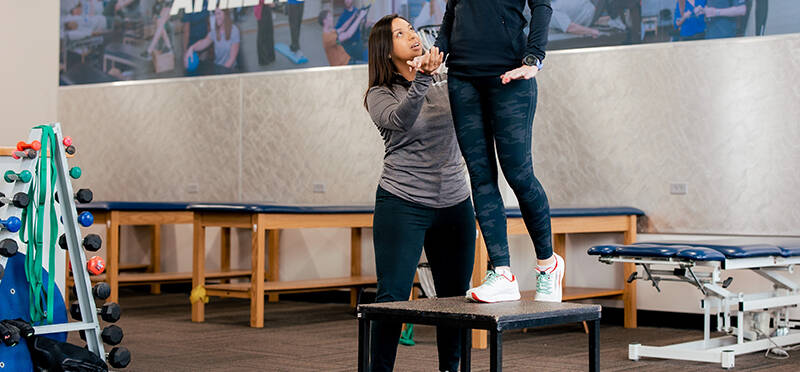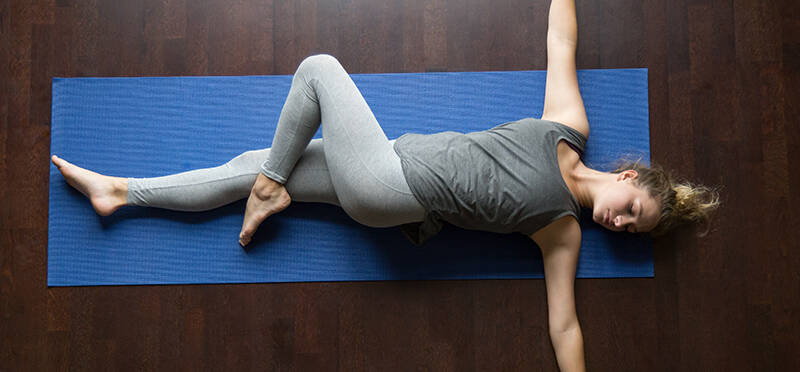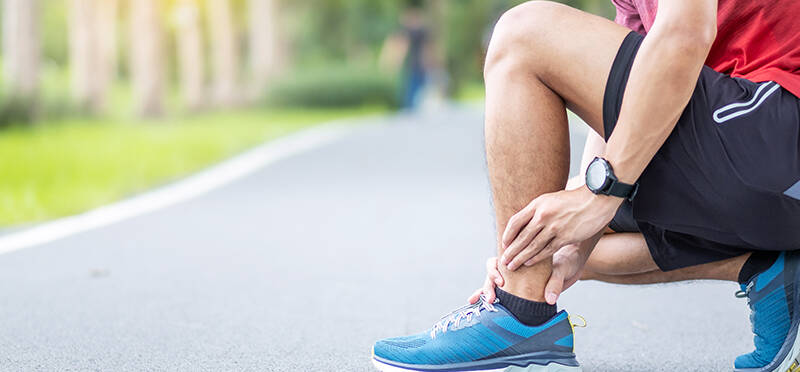Posted on September 8, 2023 by Andrew Cassidy, PT, DPT
Our Achilles tendons don’t often get the praise they deserve. These large tendons on the back of our lower leg are surprisingly strong, and vitally important, especially for runners. The Achilles connects the muscles in our calves to our heel bones. Specifically, they connect the gastrocnemius and soleus muscles to the back of our calcaneus bone. Because of their attachment point, the Achilles tendons help propel us forward when we walk, run, or jump. Through this attachment, our Achilles tendons can withstand up to ten times our normal body weight when we run or jump. Just think about how many strides you took during your last run, and how many times up to ten times your body weight was placed on your Achilles tendon! Luckily you had a tough Achilles tendon to absorb all that force.
(more…)









